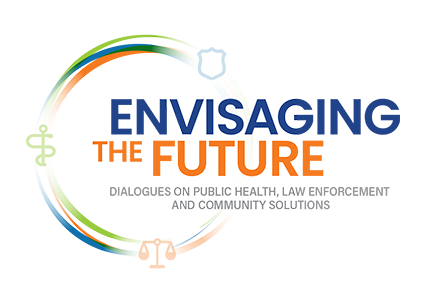
The policing and public health interface: insights from the COVID-19 pandemic.
By Jennifer D. Wood & Patricia M. Griffin
Introduction
The term ‘interface’ has at least two meanings. It refers to ‘the place at which interdependent and often unrelated systems meet and act on or communicate with each other’ and it also denotes the act of joining, as in ‘to connect by means of an interface’ (Merriam-Webster 2021). In both senses, the interface between policing and public health is steadily gaining attention as the subject of study, scrutiny, and innovation. A new collection of essays (Bartkowiak-Théron et al. in press) signals global interest in this topic, as have a series of articles designed to encourage shared thinking and practice in the many spaces where these systems meet (Burris and Koester 2013, Wood et al. 2015, Anderson and Burris 2017, Bartkowiak-Théron and Asquith 2017, Punch and James 2017, Van Dijk and Crofts 2017, van Dijk et al. 2019, Goulka et al. 2021).
This special issue on the policing and public health interface is meant to propel our journey toward better inter-disciplinary understanding and deeper normative engagement, with an emphasis on views from around the world, complementary theoretical ideas, and shared points of action. Taken together, the papers in the collection provide insight into the nature of vulnerability and harm and the ways in which policing functions on landscapes of plural regulation.






